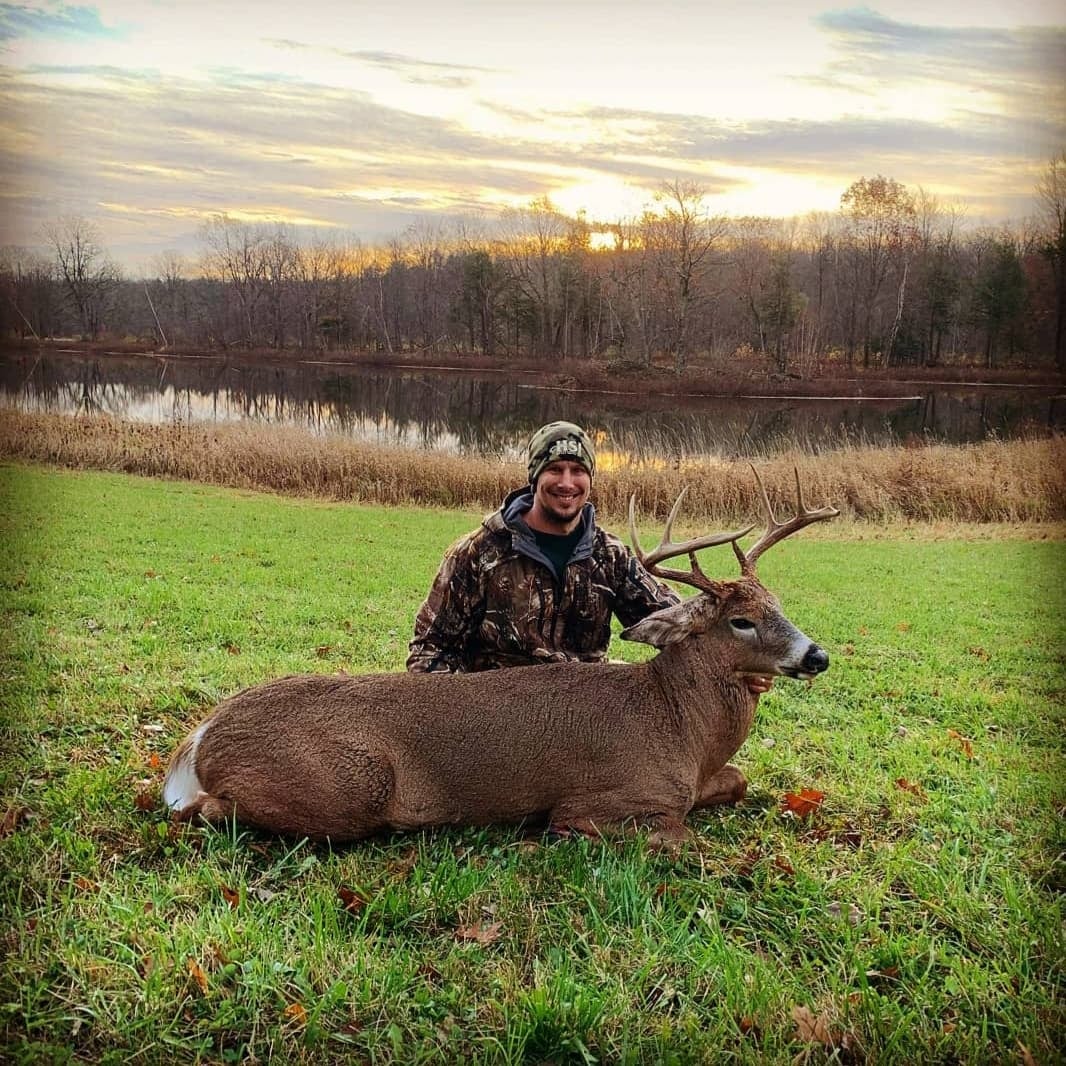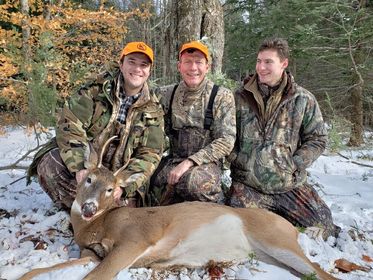10 Tips for Taking BETTER Hunting Photos this Fall
Megan Plete Postol 10.22.20

The memory of a hunt is something to cherish, but if you learn to take good hunting photos, you won’t have to rely on memory alone. Plus, good-quality hunting photos reflect better on the hunter and the overall hunting community than tacky, hastily taken photos. Below are some tips and tactics to take excellent photos while in the field:
- Clean Up the Kill – Harvesting an animal is exciting, but don’t be so quick to take photos that you forget to take the time to clean it up. Wipe down any blood on the fur, antlers, or your hunting clothes. Stock your hunting pack with a package of “wet wipes,” for occasions like this. If possible, move the animal out of any visible pooled blood. Tuck the tongue into the mouth or remove it if it will not stay in place.
- Positioning – For a “hero” shot, the hunter should sit directly on the ground behind the harvest, not a few feet behind. Fold the legs up underneath, or close to, the deer. Hold onto the ears, not the antlers. Some people prefer the head to be turned to the side, while others prefer it square to the camera. Try both and see what works best. Always take the photos before gutting the deer.
- Consider the Background – Keep in mind the surroundings that will be visible in the photo. Try to take photos with a natural background to keep the focus on the subject. Try to take photos before moving the deer into the bed of a pickup truck or into a garage, as it adds distractions.
- Fill the Photo – While the background is important, try to get as little of it in the frame as possible. Stand close by to capture the nuances of the moment, such as texture, color variances, and the emotion on the hunter’s face. Include elements such as the weapon used or relevant special mementos.
- Good Angles – Just like filling the frame, getting the right angle is crucial for great photos. For game shots the best angle is close to the ground, level with the animal, or slightly above. Photos taken from a too-high angle look awkward and make the animal look smaller. Also, take some vertical photos but also turn the camera and get some horizontal ones.
- Work with the Lighting – Don’t think of lighting in terms of “good” or “bad,” but rather how you can be mindful of it to get the most out of your photos. Don’t position the hunter to be facing the sun because it will cause squinting. It is flattering to have the sunlight shining behind the subject. Avoid uneven shadows from trees, branches, and tall grass.
- Selfies – If someone isn’t available to take photos with you, you can take them yourself. Bring a tripod and set your smartphone camera up with a timer, or simply prop your phone up on your backpack or a low tree notch.
- Shoot More, Edit Later – Take more photos than you think you’ll need. Don’t be afraid to take lots of different photos and experiment with techniques. Don’t worry about the editing process while you are in the field. Take lots of shots and edit them later on.
- Action Shots – While most often we think of the traditional “sit and smile” shots for hunting photos, try taking photos of other aspects of the hunt too. Take some of the things you encounter during the hunt; tracks, scrapes, rubs, the forest, the people on the hunt, the interactions such as laughter or smoke breaks. The kill is the grand finale, but these small moments add up to a big chunk of the memories made.
- Smile! Or Don’t – Pose in a way that feels natural. Being a person that just achieved a successful act of conservation is something to be proud of. If you are the type to let those pearly whites shine, go for it; and if a relaxed face is more your thing, that’s okay too. The point is to capture the way you felt in the moment to have a memento to reflect on.

The hunt is all about the experience, and the photo is all about the memory. Well-taken hunting photos preserve the moments spent afield, which for many of us are some of the best moments of our lives. These are times that we will cherish deeply as we grow older and our lives might change, because even when times change, the pictures never do. It is worthwhile to develop the skillset to take great photos. These tips can be applied both to digital camera photography or smartphone photography. The equipment doesn’t need to be fancy. Digest these basic tips and go forth documenting your hunting adventures and harvests confidently. Remember that practice creates improvement, so practice consistently and experiment. Shoot on!